In recent years, Matsuo Tomoyuki has divided his time between living in Japan and Vietnam, growing buckwheat, making snow shan tea, and making catfish sushi.
The turning point in the life of the CEO of a large media company in Tokyo began 12 years ago, when the double disaster of earthquake and tsunami occurred. That day, Matsuo was in a meeting on the 39th floor of the Roppongi Hills building in Tokyo and was trapped for 8 hours before being rescued.
"On the way, I started thinking about having to work in two countries to prevent risks," said the man in his 50s.

Businessman and chef Matsuo Tomoyuki with a local resident next to an ancient tea tree in the highlands of Tung San commune, Hoang Su Phi, Ha Giang , in 2022. Photo: JVGA
Matsuo first went to the US, where he had studied, to find a career opportunity, then to Singapore to open a restaurant. The project was very successful, but the Japanese man still felt that this was not the land for him.
Once, a close friend invited Matsuo to Ho Chi Minh City to open a golf course project. "When I first set foot in Vietnam, I had a very bright feeling," he said.
During that trip, the businessman decided to cooperate in establishing a food court in Binh Duong. Matsuo estimated that each day he could attract 1,200 customers from the building's 3,000 employees. However, the problem was how to have a Japanese-style meal for only 30,000 VND, suitable for the spending level of office workers in Vietnam.
Matsuo thought of his grandmother’s soba noodles. Born and raised in Tokyo, his fondest memories were of summers spent in his hometown in Nagano. His hometown at that time had vast fields of soba. His grandmother used this ingredient to make noodles for him. After researching online, Matsuo found that soba was popular in Yunnan, China, and he thought it might also be found in Ha Giang, Vietnam.
In early 2014, the Japanese man rode his motorbike across Vietnam to find ingredients and decide whether to make noodles in a dipping sauce or soup. Arriving in Pho Cao, Dong Van, Ha Giang, and seeing the buckwheat fields with his own eyes, Matsuo was as happy as if he had struck gold. Buckwheat was the soba in his memory.
"Living with my grandmother since I was a child helped me understand how leaves and flowers affect the quality of noodles. Looking at Ha Giang buckwheat, I realized this was a purebred variety," he shared.
From Japanese culinary style, through the hands of this chef, buckwheat is transformed into soba with cat cabbage, piglet, mountain goat, river shrimp. The difficult problem is solved, the chain of Japanese soba noodle shops selling Vietnamese prices is successful in Hanoi , Da Nang, Ho Chi Minh City.
“But that's not what I want,” said Matsuo Tomoyuki.

Mr. Matsuo (third from right) and his staff and local authorities survey a buckwheat field in Phuong Thien commune, Dong Van, Ha Giang, in 2022. Photo: JVGA
Every year, Japan imports nearly 100,000 tons of buckwheat seeds from China. Matsuo wants some of that to come from Vietnam. He surveyed Ha Giang, where 500 tons of seeds can be grown. "If this amount of buckwheat is brought to the Japanese market, Vietnamese farmers will change their lives," he thought.
In a secret experiment at a soba shop in Tokyo, Matsuo’s company used both Chinese and Vietnamese ingredients. The three employees in the shop all said that the soba made with Vietnamese buckwheat tasted better.
However, the process of exporting buckwheat is not easy. For the people of Ha Giang, it is just a plant used to make wine or grow for tourists to take pictures, with little economic value. To change their thinking, this businessman crossed the rocky mountains to visit 10 districts of Ha Giang to meet with the people and the government to discuss the project of growing buckwheat for export. But perhaps at that time people thought he was unrealistic, so this plan was stuck in place.
In 2018, Matsuo decided to open a soba noodle shop in Ha Giang, directly entering the kitchen to pass on the recipe to local chefs. He then sent employees from the north to the south to study, and at the same time sent employees from the south to the highlands to live with the locals. This approach made both sides trust and understand the value of what they did.
Nong Thi Tue, 34, the soba project manager in Cao Banh village, Phuong Thien commune, Ha Giang province, still cannot forget the first day Mr. Matsuo came to the village. "He asked why the land was left fallow, what we did on this land every year and if we wanted to grow soba for him," Tue said.
He rented land from the people for 3.5 months a year, paying 4 million VND per hectare, and also hired local people to grow soba. Weeding, sowing, tending, harvesting, Matsuo paid for each stage of the work.
The efforts of about 200 local employees and farmers have brought back the first bumper buckwheat crop from many areas of Ha Giang in 2021. All 50 tons of seeds were exported to Japan.
Matsuo is pleased with the results, but he doesn't think he's done yet. "If we can surpass 300 tons of exports this year, then we can talk about it from there," he said.

Mr. Matsuo introduces Ha Giang buckwheat soba dishes at his restaurant in Ho Chi Minh City. Photo: JVGA
Not stopping at this project, Matsuo established the Japan - Vietnam Culinary Association (JVGA) in early 2020 with the aim of providing consulting services on agriculture, product manufacturing, trade and sales, and exchanging culinary cultures of both countries.
The soba project in Ha Giang is part of a larger project called 110VJ.LOVE (110 is a combination of 63 provinces and cities of Vietnam and 47 provinces and cities of Japan). The association will select a product from each province and city of Vietnam and Japan, and set up an online sales chain. Each product will be introduced with a story behind it, from quality, to farming, processing, culture and local attractions. The number of these 110 products will change periodically.
According to Matsuo, Ha Giang alone has many specialties such as buckwheat, mac khen, doi seeds, star anise, and seasonal vegetables. Each locality in Vietnam has specialties that Japan does not have. In particular, the One Commune One Product (OCOP) program has many unique products that he thinks are worth spreading.
At the FOODEX 2023 International Food Industry Exhibition at the Tokyo Big Sight International Exhibition Center last March, JVGA brought 63 Vietnamese products. Wooden straws, salt, sauces, jams, honey, Shan Tuyet tea, coffee... impressed Japanese visitors.
“By doing this project, I want to tell consumers about the beauty of Vietnam and Japan,” he said. He and his team are currently selecting 47 Japanese products for next year’s exhibition in Vietnam.
Vnexpress.net



![[Photo] Party and State leaders visit former President Tran Duc Luong](https://vphoto.vietnam.vn/thumb/1200x675/vietnam/resource/IMAGE/2025/5/24/960db9b19102400e8df68d5a6caadcf6)


![[Photo] Ho Chi Minh City holds funeral for former President Tran Duc Luong](https://vphoto.vietnam.vn/thumb/1200x675/vietnam/resource/IMAGE/2025/5/24/9c1858ebd3d04170b6cef2e6bcb2019e)







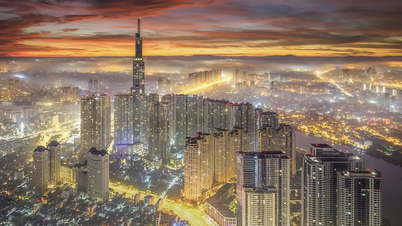














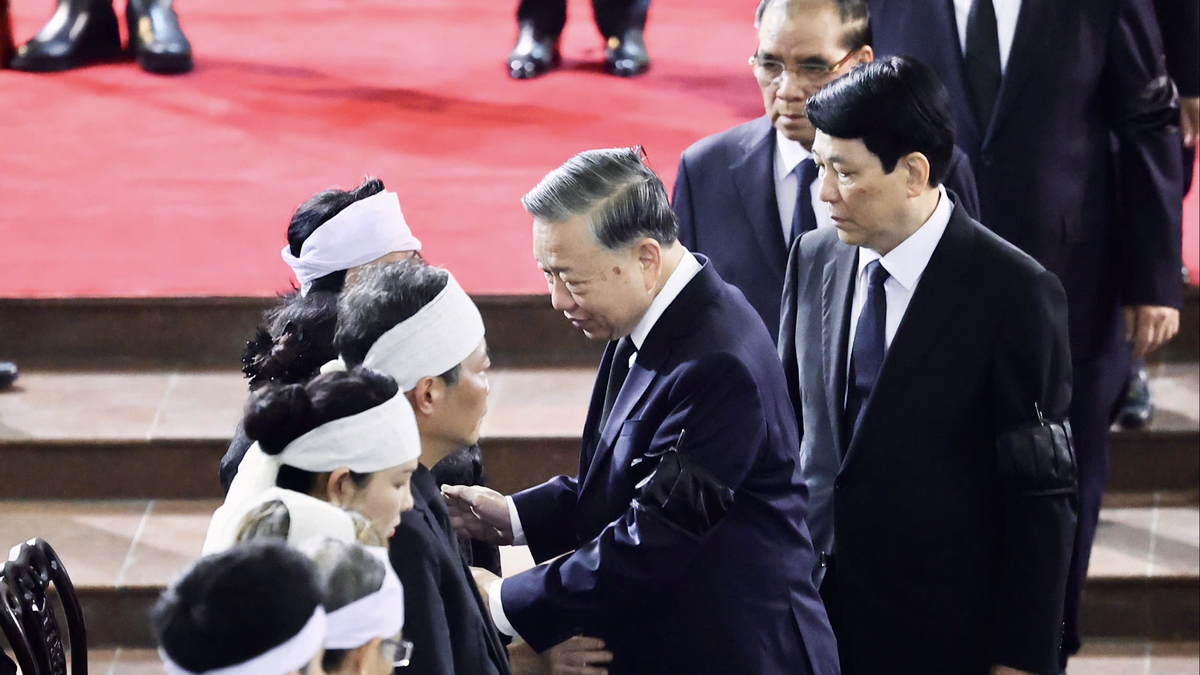

























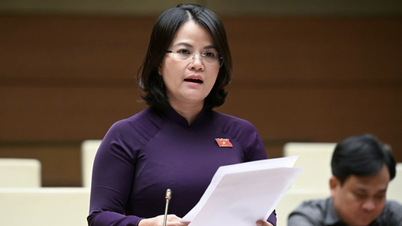
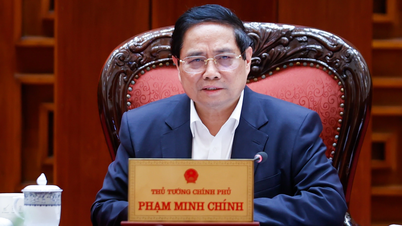










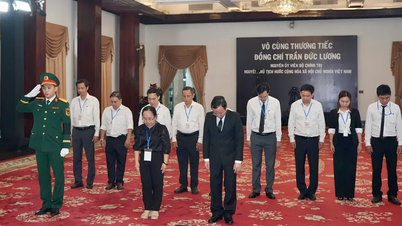








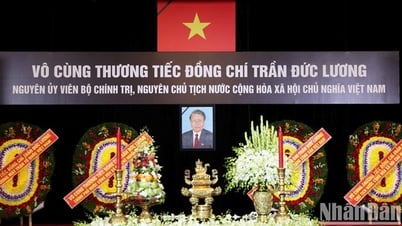












Comment (0)